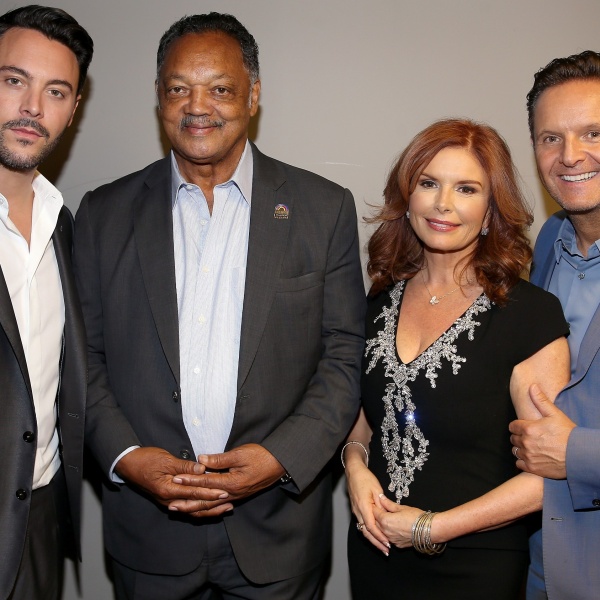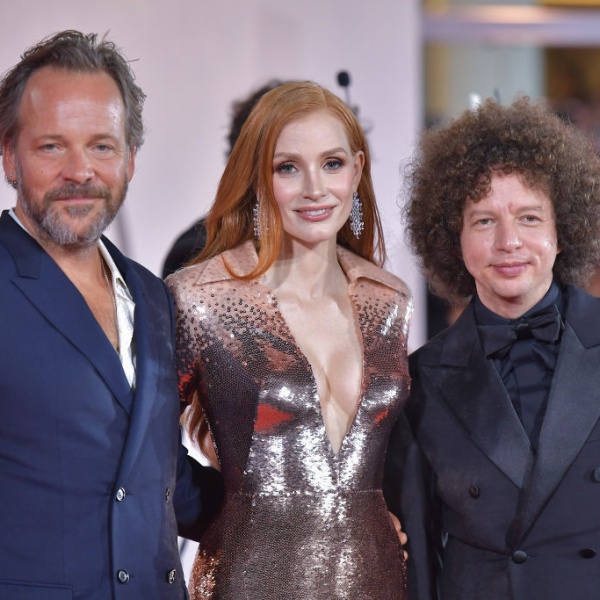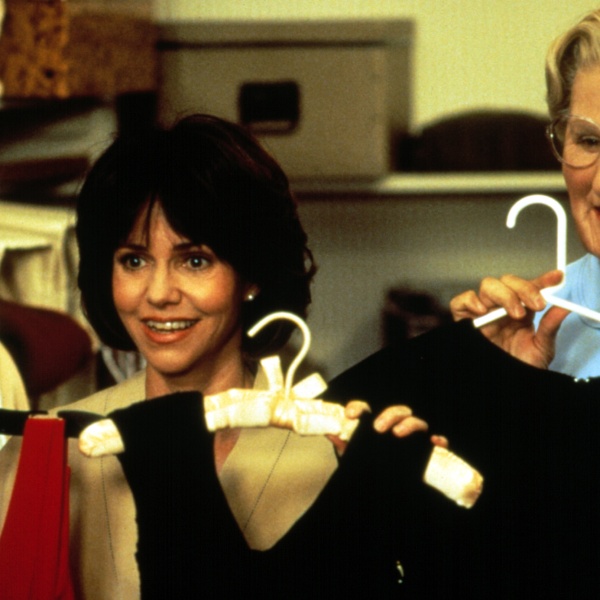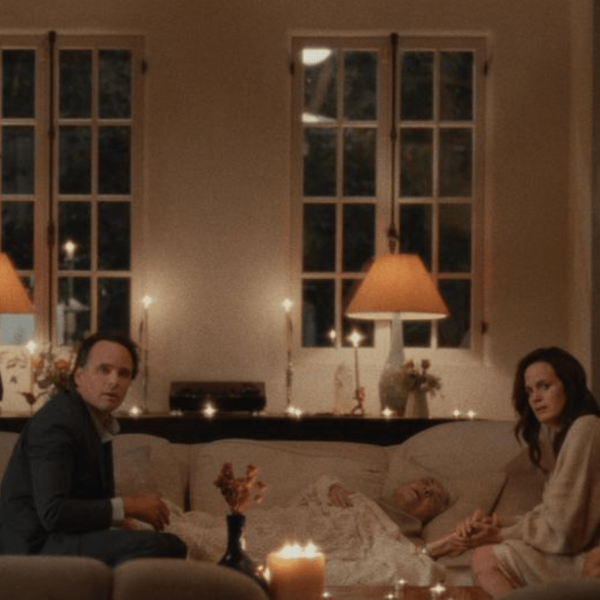Apartheid saturated the foundation of Ernest Cole’s young life like poison. Born in Pretoria, Cole lived through the casual horrors of baasskap, a violent philosophy that advocated minority white rule in South Africa, and chronicled it from behind the lens of his camera, which he started using at a young age. He saw his neighborhood be demolished for a white housing development. He was present at the Sharpeville Massacre, where 69 Black protestors were killed for demonstrating against racist pass laws. Cole furtively photographed life under apartheid while freelancing for various newspapers and eventually smuggled the evidence out of the country when he fooled the government into believing he was mixed race instead of a native Black African.
Not long after arriving in New York in the mid-’60s, Cole acquired a deal with Random House to publish a book of his photographs. House of Bondage quickly became the definitive portrait of institutionalized segregation and vaulted Cole to acclaim. While Cole continued to work in his remaining years, producing some compelling New York street photography, they were also marred by professional frustration, depression, and occasional homelessness. He eventually died of cancer in relative obscurity just days after Nelson Mandela was released from prison.
Director Raoul Peck pays tribute to Cole in his new documentary “Ernest Cole: Lost and Found” by providing the late photographer the opportunity to detail his life in his “own” words. Peck penned a script that melds Cole’s writing with testimonials from friends and family, which chronicles his time in South Africa through his lengthy exile in New York. LaKeith Stanfield delivers the script in voiceover mostly over a montage of Cole’s photos, though Peck occasionally juxtaposes the photos with archival and contemporary footage. He also incorporates snippets a talking-head interview with Cole’s nephew, Leslie Matlaisane, who provided the filmmaker with access to his uncle’s archives.
“Lost and Found” serves to reintroduce Cole to a broader audience, but Peck’s aesthetic approach to his subject often undermines the film’s capacity for engagement. Cole’s photographs are prima facie powerful representations of people living in opposition to their environment, whether that’s under apartheid or U.S.-native racism, but “Lost and Found” forces them to compete with Stanfield’s voice. Sometimes the voiceover comments upon and compliments the imagery, like when Cole-via-Stanfield ruminates on expressions of desire and intimacy in America over photographs of different couples — Black, interracial, queer — in New York. But just as often, Stanfield’s haunted delivery of Peck’s dense distillation of Cole’s psyche unproductively jars with the visual material. Attention becomes divided between the man’s personal narrative and the circumstances of his work when ideally they should harmonize.
Make no mistake, Cole’s life story doesn’t lack interest. Hearing Stanfield convey Cole’s irritation with the journalism industry, specifically how editors would claim his depiction of the Jim Crow South lacked “edge,” or his frank admission of existential loneliness while living in exile carries inherent emotional weight. However, these affecting anecdotes are only occasionally supported by Peck’s scattered direction, whose big-tent approach to personal and global history often feels slapdash. It’s not only that Cole’s photographs tend to blend together when presented in a montage, it’s also that the invocation of historical footage feels blandly supplemental within the film’s schema. It’s obviously upsetting to watch testimony of ANC resistance fighters describing their experiences with torture during the Truth and Reconciliation Commission hearings, but it still feels like material from a different film, possibly because Peck only intermittently returns to the history of apartheid as a parallel narrative. Similarly, the invocation of contemporary footage of Penn Station, for example, to communicate the relevance of Cole’s period of destitution can’t help but feel strained, as if Peck doesn’t trust his audience to intuit the ways in which Black artists continue to be overlooked in their lifetime.
The recurring on-camera appearance of Cole’s nephew in “Lost and Found” technically serves an expository function: He expounds on the reasons why his uncle’s work has been out of the public eye for so long. Cole’s vast collection of negatives were long considered lost until 60,000 of them were inexplicably discovered in a Stockholm bank vault; the bank has no record of who deposited them or when they did so. Meanwhile, the Hasselblad Foundation, which holds hundreds of Cole’s vintage prints that are worth tens of thousands of Euros each, has been in an extended legal dispute with Cole’s heirs about the ownership of the material, and have insisted that the family prove the photos belong to them. (As of just two weeks ago, Hasselblad released a statement saying that it will return the pictures to the Cole Family Trust.)
While this element of Cole’s legacy involves plenty of intrigue and fascination, Peck exhibits little interest in this aspect. He characterizes it as yet another systemic injustice leveraged against a dead man, the details of which distract from memorializing Cole’s life and work. It’s difficult to argue against the morality of this position, yet as an artistic decision, it still feels like a missed opportunity. It’s a choice that exemplifies Peck’s overly respectful approach to his subject, which is exhibited throughout “Lost and Found” and ultimately feels stifling. Cole clearly deserves as many posthumous tributes as the culture can afford, especially since he received so little in his lifetime, but reverence, particularly as a way of combatting decades of indifference, isn’t necessarily the best solution
Grade: C+
“Ernest Cole: Lost and Found” premiered at the 2024 Cannes Film Festival. It is currently seeking U.S. distribution.






